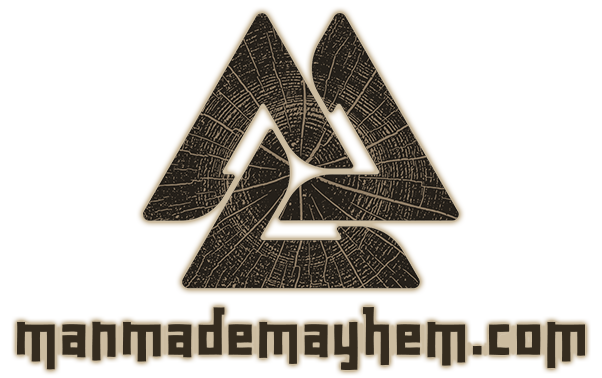I am planning to make a small batch of my slingshot design, and sell them here in order to recover some of my recent investments. As of today, I haven’t made a cent off this hobby…
To make the process somewhat streamlined, I have been doing a lot of testing over the last couple of days, so that is why I haven’t posted much lately.
I have decided on a 3-tone design (purpleheart – palissander santos – pine) with a concealed aluminium core for strength. So each slingshot needs 4 parts.
I start by roughing out 6 scales at a time. The stock I used in the picture below was barely large enough, so I glued on additional strips of plywood in order to keep it all together in one piece. I have since found the same wood in slightly wider boards, so in the future I won’t need to do this anymore. This whole cut takes about 6 hours.
I tried doing the finishing pass, again 6 at a time, but the pieces turned out too brittle and flexing too much because of the limited support offered by the tabs.
So incomes the jigsawtable to cut them apart. Finishing will be done one piece at a time. The advantage is that I can use double-sided tape for fixturing and run the finishing pass without tabs I would need to clean up later.
And as finishing 1 scale only takes about 20 minutes, I can do this as orders come in, or in between other projects whenever I’ve got some time.
ASSEMBLY
Now what I really wanted to show is the jig I made to assemble the 4 parts into 1 finished slingshot. The issue I had before was getting the three layers aligned. The whole assembly tends to slide away from perfect alignment as a result of the angle the clamps are put on and the amount of force exerted. Clamping really was a bitch because of the organic shape. So I tackled both problems at once and made a jig to easily align and clamp this thing together.
For both halves, I pocketed out the negative space of the scale shape. I used an offset of 0.5 mm all around the shape just for good measure. This proved necessary because I use a 10% stepover for the finishing pass of the scales, thus making it slightly overdimensioned due to the slight scalloping and other imperfections.
As you can see, the scale now fits perfectly into the mold pocket. It is not flush, but it shouldn’t be, because you don’t want the excess glue to weld your piece in place. I designed it to stick out 2 mm, any more and I would have lost support around the fork, as illustrated below.
First off I glue on the core wood. It is 4 mm thick and I purposefully make it larger all around the profile. This part I just eyeball tbh. Clamp and let it dry. On my pencil slingshot, there were some spots where the aluminium core was visible, so I made the wooden frame a few mm thicker, and the aluminium core a bit narrower. But believe me, it is still extremely rigid, even around the fork.
Now I can add the aluminium core inlay. I don’t use epoxy for this. Wood glue does not stick that well to aluminium, but in this case it is enough because the aluminium is fully encapsulated and can’t shift even the slightest.
With both halves of the jig complete, it is time to make sure alignment remains spot-on during assembly. I simply glued a frame around the lower mold. I put the upper mold in place just to make sure it will still fit when the frame has dried.
When everything was dry, testfitting it turned out so tight, I had trouble taking both halves apart again. So I made a handle from some scrap plywood, and drilled holes in both pieces to let air in/out.
Time to see if it works. I just need to make sure I don’t use too much glue, so it doesn’t drip out abundantly. A small paintbrush takes care of that. I will probably coat the inside of the mold with a non-sticking finish when I find one.
Clamping is now easy, evenly spreading the applied force, and keeping everything lined up.
And voila! One perfectly glued slingshot. only thing to do now is sand off the excess material of the middle layer, and sanding the whole thing smooth.















